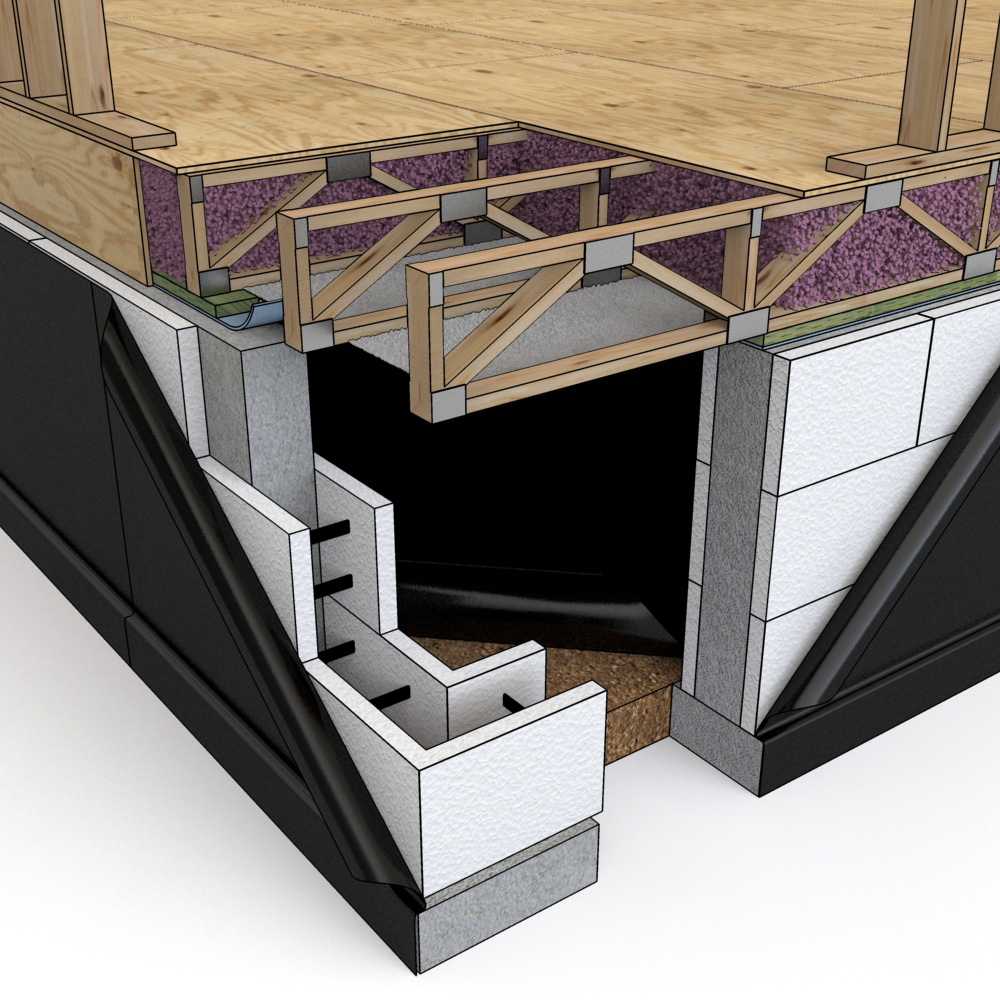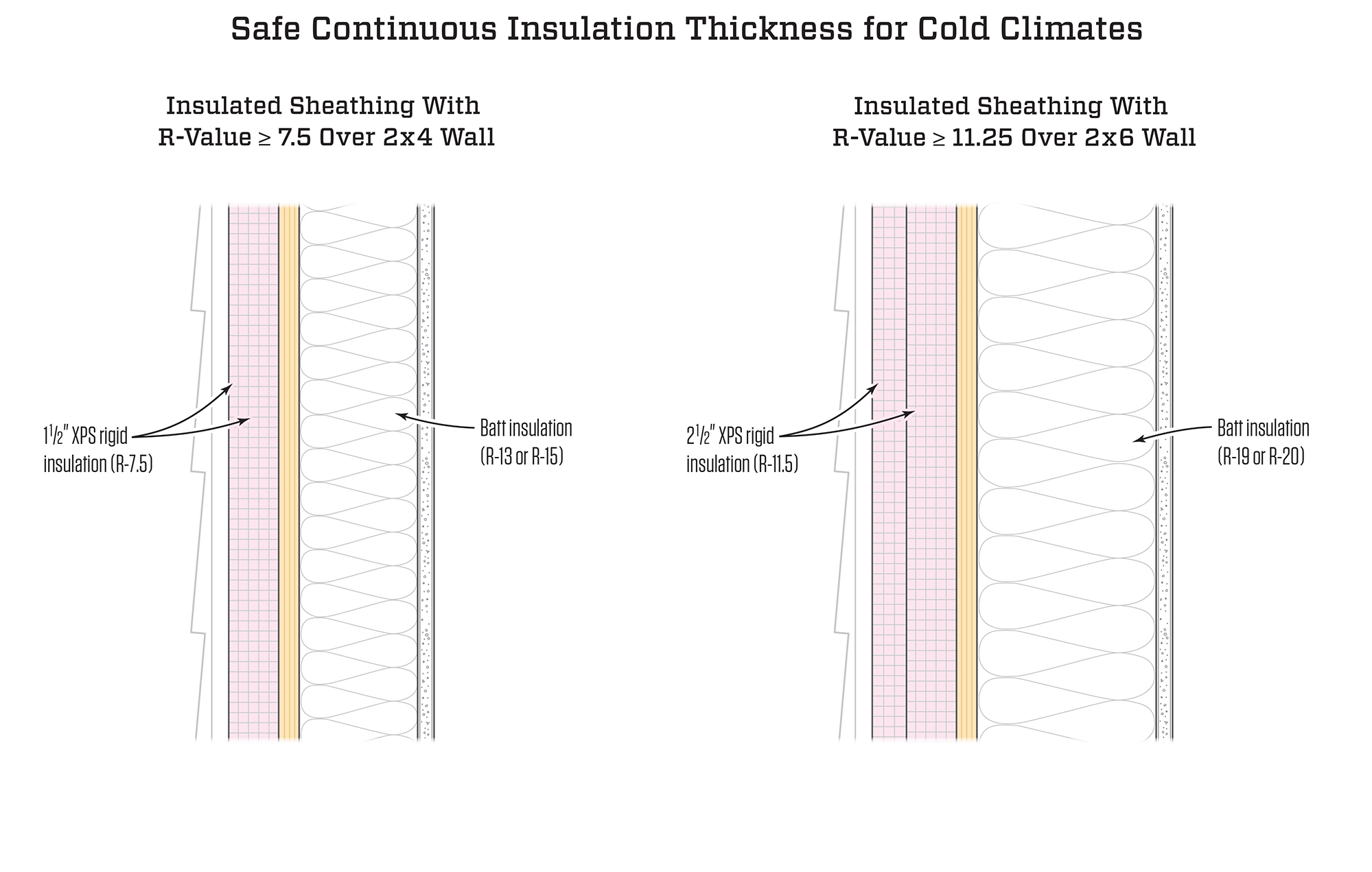
The most effective enclosure system for a building depends heavily on the exterior climate.Ī less visible (until failures occur) form of condensation is interstitial condensation within wall and roof assemblies. However, in hot, humid climates, even fastener penetrations through insulation can result in exterior condensation and possibly microbial/algae growth or corrosion/discoloration of exterior finishes. Thermal bridging through refrigerated enclosures is less of a problem in buildings that use continuous insulated panels as either the exterior walls or as a component of those walls. The consequences of insufficient insulation can range from increased energy use to condensation or even frost formation on exterior surfaces.

Insufficient insulation in exterior walls and roofs can result in cold spots on the exterior of the building. Failure to follow these general guidelines can result in a variety of condensation problems. Attached facilities are cooler/freezer spaces within larger buildings, such as refrigerated storage in restaurants or retail food stores.Īs noted in the introduction, designing a detached cold storage building requires the designer to think backwards-the warm side is now the cold side cold air sinks instead of hot air rises and a primary goal of the enclosure is to keep warm air out during both the winter and summer. Examples include food storage warehouses or production facilities for foods, such as seafood or dairy products, that must be maintained at low temperatures during processing. For attached refrigerated facilities, design enclosure systems that are appropriate for the environmental conditions in the adjacent spaces, including sufficient insulation and water vapor retarders.Select finish flooring systems that are appropriate for the building and are capable of functioning under both constant low temperatures and, depending on the use of the building, sudden temperature differentials.

Evaluate the risk of frost heave in the local soils and design appropriate measures (most likely a system of slab heaters) to maintain above-freezing temperatures in the ground below.Both systems should be installed on the exterior side of the building insulation and must be continuous at all transitions and intersections. Design continuous air barrier and vapor retarder systems for the building enclosure.Design enclosure systems that use continuous, unbroken insulation to minimize thermal bridges and reduce the risk of exterior condensation.The following must be considered when designing refrigerated buildings: Detached facilities are buildings constructed for the sole purpose of producing or storing goods at low There are two primary types of cold storage facilities-detached and attached. Moisture-related damage in cold storage buildings can vary from minor exterior or interior staining to complete failure of the building enclosure, including structural failure of concrete slabs-on-grade. Colder, denser air tends to “drop” towards the floor, creating negative pressure at high levels and positive pressure at lower levels. In refrigerated buildings, the stack effect is reversed. Stack effect in heated buildings, caused by the buoyancy of warm air, generally creates negative pressure on lower levels of a building and positive pressure at higher levels. Whereas typical heated buildings may experience condensation in cold weather due to moist air exfiltration, summertime air infiltration is the primary concern in cold storage buildings.
#Cold weather wall detail series#
This special report is the fifth installment of a six-part series from Sean O'Brien on moisture-related design for specialty buildings. Instead of designing to keep heat in during cold weather, they are designed to keep it out.

Cold storage facilities can be thought of as typical, heated buildings turned inside out.


 0 kommentar(er)
0 kommentar(er)
